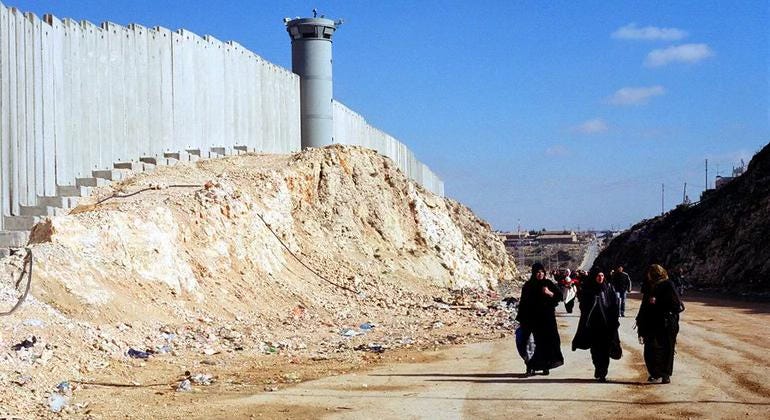✍🏽 What is The West Bank? An Ancient Palestinian Land Stolen in Pieces
Today is the first part in a new series where I try to explain to my readers the history and importance of people, places, words, and ideas that we use daily, but don't always explain.
Friends - I am being censored almost everywhere but here. 👉🏽 Please subscribe today.
I am a historian by training. My undergraduate and graduate degrees are in history. My first job out of college was a…



